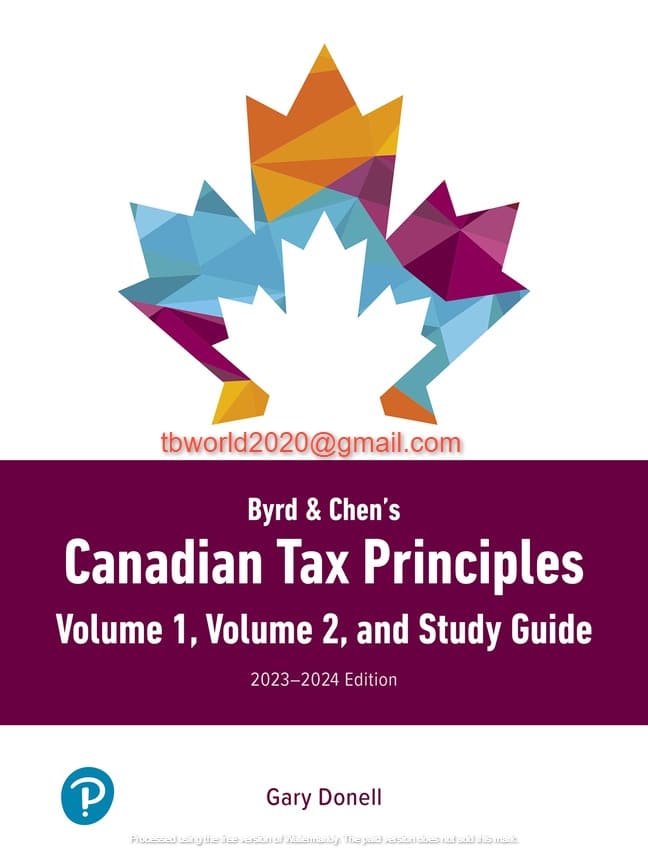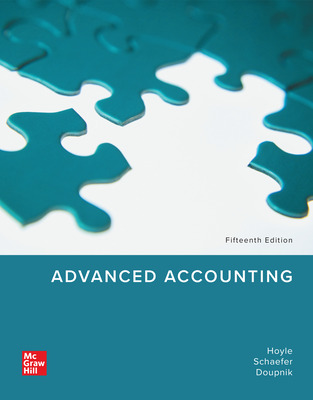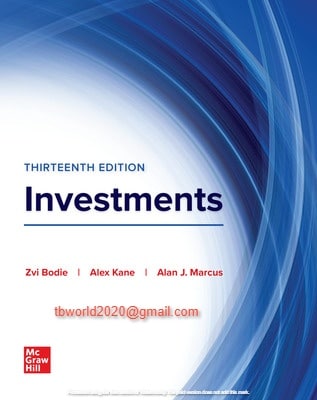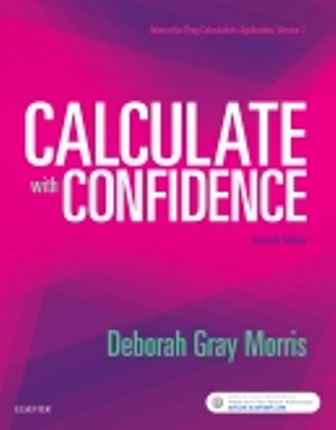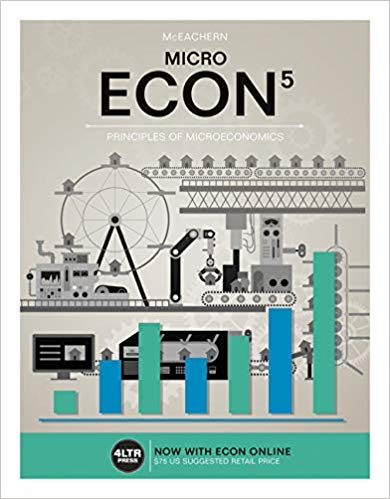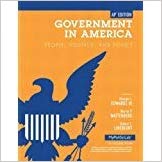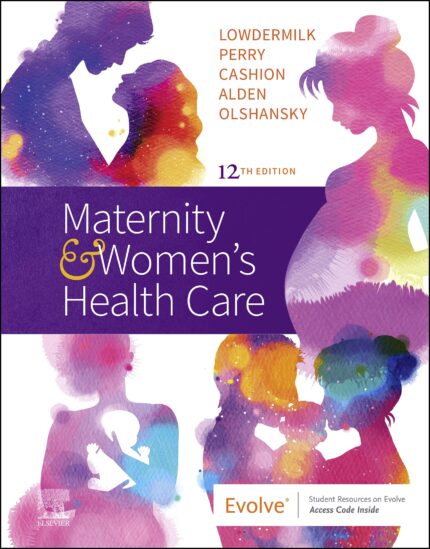Byrd & Chen’s Canadian Tax Principles, 2023-2024, Volume 1, 1st edition Gary Donell Clarence Byrd Ida Chen Test bank
ISBN-13: 9780138097967
Volume 1, chapters 1-10
Table of Contents
- Introduction To Federal Taxation In Canada
- Procedures and Administration
- Income or Loss from an Office or Employment
- Taxable Income and Tax Payable for Individuals
- Capital Cost Allowance
- Income or Loss from a Business
- Income from Property
- Capital Gains and Capital Losses
- Other Income, Other Deductions, and Other Issues
- Retirement Savings and Other Special Income Arrangements
Sample for Byrd & Chen’s Canadian Tax Principles Test bank
Chapter 1 Introduction to Federal Taxation in Canada
1.1 Online Exercises
1) The major source of federal revenues is the personal income tax. Indicate three other types of taxes that contribute to federal revenues.
Answer: The other sources of federal revenues that are shown in Figure 1-1 of the text are:
- Corporate income taxes.
- Non-resident income taxes.
- GST.
- Customs and import duties.
- Other excise taxes.
- EI premiums.
Type: ES
Topic: Federal revenue sources
2) What is the meaning of “person” when the term is used in the ITA?
Answer: In the ITA, the term “person” refers to an individual, a corporation, a trust or an estate.
Type: ES
Topic: Definition – “Person” ITA 248(1)
3) Briefly describe the procedures used in calculating provincial or territorial income tax for individuals in other than individuals residing in Quebec.
Answer: Provincial or territorial income taxes for individuals are calculated by applying a provincial or territorial income tax rates to taxable income for federal income tax purposes. Provincial or territorial personal income tax credits are then applied to the resulting gross income tax. The provincial and territorial income tax brackets may differ from the federal income tax brackets. In addition, provincial and territorial personal tax credits may be different than the federal personal tax credits.
Type: ES
Topic: Income tax payable – federal income tax
4) The Canadian income tax system is often used to achieve various economic objectives. Give three examples that illustrate this point.
Answer: There are many examples that could be cited. The text divides them into resource allocation (e.g., public health care), distribution effects (e.g., federal GST credit), stabilization effects (e.g., deficit reduction), and fiscal federalism (e.g., allocations to various levels of government).
Type: ES
Topic: Canadian income tax system – objectives
5) Provide an example of how taxation policy can be used to influence resource allocation.
Answer: Examples provided in the text are as follows:
- Tax revenues are used to provide public goods and services.
- Excise taxes are used to discourage the consumption of alcohol and tobacco products. There are, of course, many other examples that could be cited.
Type: ES
Topic: Canadian income tax system – objectives
6) The government pays a Canada Child Benefit to the parents of children who are under 18 years of age. The payments are reduced by a percentage of income above a certain amount. What objectives are achieved by this benefit system?
Answer: The Canada Child Benefit system is designed to assist low income families with children. The government is encouraging population growth. In addition the benefits are targeted to those most in need being low income families.
Type: ES
Topic: Canadian income tax system – objectives
7) Indicate three disadvantages of a tax system that uses progressive rates.
Answer: There are a number of possibilities here. They include that progressive rates:
- Increase the complexity of the system.
- Are unfair to individuals with highly variable income streams.
- Are unfair to single income family units.
- Lead to pressure for various types of tax concessions.
- Discourage high income individuals from making additional efforts.
- Encourage tax evasion.
Type: ES
Topic: Canadian income tax system – objectives
8) A regressive tax is one that taxes high income individuals at lower effective rates. Explain why a sales tax levied at a flat rate of 8% can be regressive.
Answer: While the sales tax rate is the same for all individuals without regard to their income level, lower income individuals normally spend a higher percentage of their total income. Since the sales tax is charged on the amounts spent, this means that the sales tax paid by lower income individuals represents a larger percentage of their total income. As a consequence, they are generally considered to be regressive in nature.
Type: ES
Topic: Canadian income tax system – regressive vs progressive rates
9) Distinguish between horizontal equity and vertical equity as these terms are used in describing tax systems.
Answer: Horizontal equity is achieved when taxpayers in similar economic circumstances are subject to similar levels of tax. Vertical equity is achieved when taxpayers in different economic circumstances are subject to taxes in a different manner.
Type: ES
Topic: Canadian income tax system – objectives
10) What are some of the factors that have led to the entrenched use of tax expenditures as opposed to program spending?
Answer: The reasons that are listed in the text are as follows:
- It is less costly to administer tax expenditures than it is to administer government funding programs.
- More decisions are left to the private sector so that funds may be allocated more efficiently.
- Tax expenditures reduce the visibility of certain government actions. This is particularly beneficial if some social stigma is attached to the programs. For example, a child tax benefit system is more acceptable than increasing social assistance (welfare) payments.
- Tax expenditures reduce the progressivity of the tax system. As many of the tax expenditures, such as tax shelters, are more available to higher income taxpayers, they serve to reduce effective tax rates in the higher rate brackets.
Type: ES
Topic: Canadian income tax system – objectives
11) While the Sections of the ITA are numbered 1 through 281, there are actually more than 281 Sections. Explain why this is the case.
Answer: This situation reflects the fact that when a new Section is added, it has been more convenient to attach a decimal designation to the new Section, as opposed to renumbering all of the Sections that follow the new Section. As an example, over several years, the Department of Finance has added six new Sections after Section 12. They have been numbered Section 12.1 through Section 12.6. If they had used whole numbers for these new Sections, it would have been necessary to renumber all of the remaining Sections in the Act each time a new Section was added.
Type: ES
Topic: The ITA & income tax reference materials
12) What purposes are served by Canada’s international tax treaties?
Answer: The purposes of these treaties are as follows:
- They impose measures on countries to avoid double taxation where a person is liable for income tax on the same income in both countries
- They tare used to create an exchange of information for the purposes of combatting tax evasion.
Type: ES
Topic: International – income tax treaties
13) List four non-legislative sources of income tax information.
Answer: The required four items can be selected from the following:
- CRA Web Site
- Interpretation Bulletins
- Income Tax Folios
- Information Circulars
- Income Tax Technical News
- CRA News Releases, Tax Tips, and Fact Sheets
- CRA Guides
- Advance Income Tax Rulings
- Technical Interpretations
Type: ES
Topic: The ITA & income tax reference materials
14) What is the meaning of “taxation year” as the expression is used in the ITA?
Answer: For individuals and trusts (except graduated rate estates), the taxation year is the calendar year of January 1 to December 31. In contrast, the taxation year for corporations are defined in terms of a fiscal period which generally relates to a business. A fiscal period can end on any date, with the only constraint being that it cannot exceed 53 weeks. Graduated rate estates are permitted to use a non-calendar taxation year.
Type: ES
Topic: Definition – “Taxation Year” ITA 249
15) Under what circumstances will a person who is not resident in Canada be liable for Canadian income tax?
Answer:
- The non-resident person earns employment income in Canada.
- The non-resident person carries on a business in Canada.
- The non-resident person has a gain on the disposal of taxable Canadian property.
Type: ES
Topic: Non-resident liability for income tax

